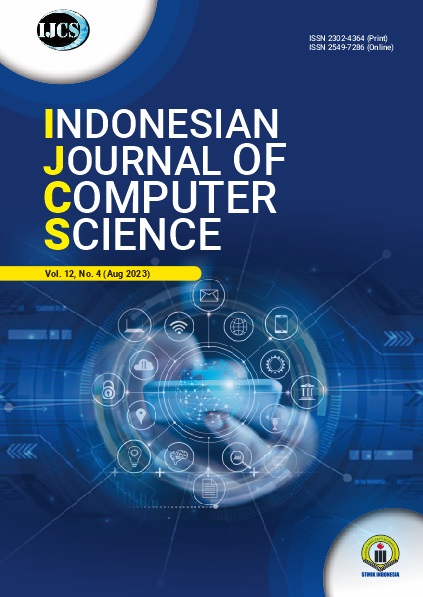Comparative Analysis Between Naïve Bayes Algorithm and Decision Tree Loss Rate from Fire Disaster Data in DKI Jakarta Province
DOI:
https://doi.org/10.33022/ijcs.v12i4.3347Kata Kunci:
fire disaster, Naïve Bayes Algorithm, Decision Tree Algorithm, classification, loss rateAbstrak
In urban locations like DKI Jakarta Province, fire poses a severe concern. Understanding the trends and variables that affect fire risk requires analysis of fire incidence data. To assess fire data in the DKI Jakarta Province, the method uses the Decision Tree and Nave Bayes algorithms. The Decision Tree identifies the primary causes of fires, whereas Naive Bayes forecasts fire risk using weather and historical data. These two algorithms' combined outputs offer a thorough understanding of the features and causes of a fire. By educating authorities and the public on how to manage this risk, this research helps to improve fire mitigation techniques. The safety and readiness for fire disasters in this area should increase. The accuracy of the two predictions made by the Naive Bayes algorithm is 75%. In contrast, the accuracy of the Decision Tree algorithm is 78%, leading to the conclusion that the Decision Tree approach is more helpful in categorizing the severity of fire disaster losses.
Unduhan
Diterbitkan
Terbitan
Bagian
Lisensi
Hak Cipta (c) 2023 Rudi Sutomo

Artikel ini berlisensiCreative Commons Attribution-ShareAlike 4.0 International License.




